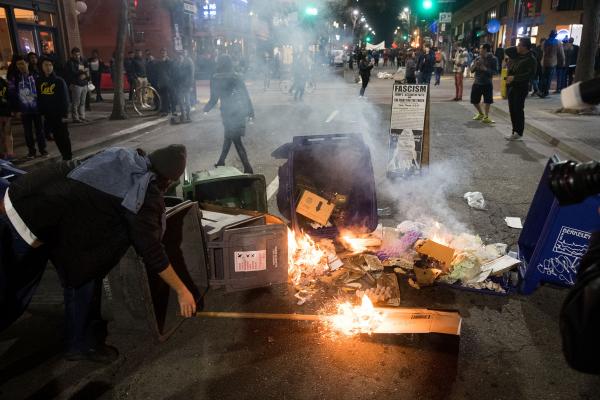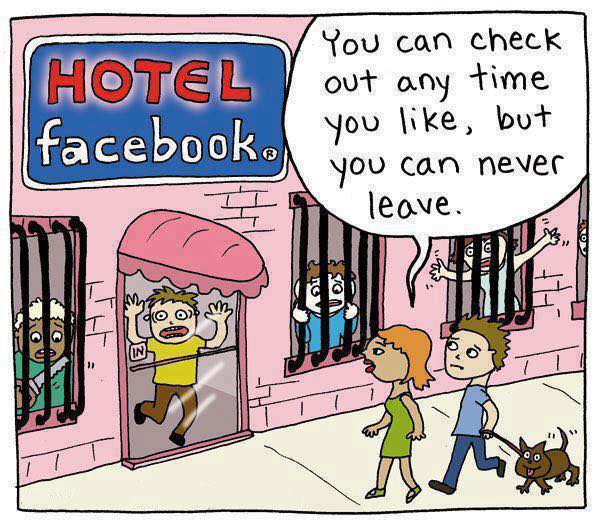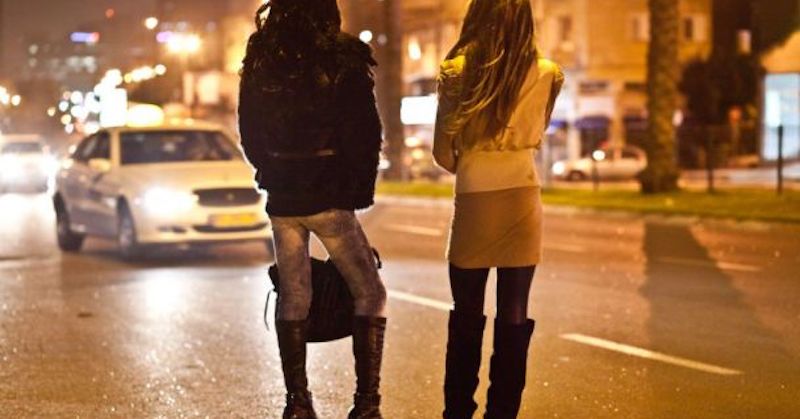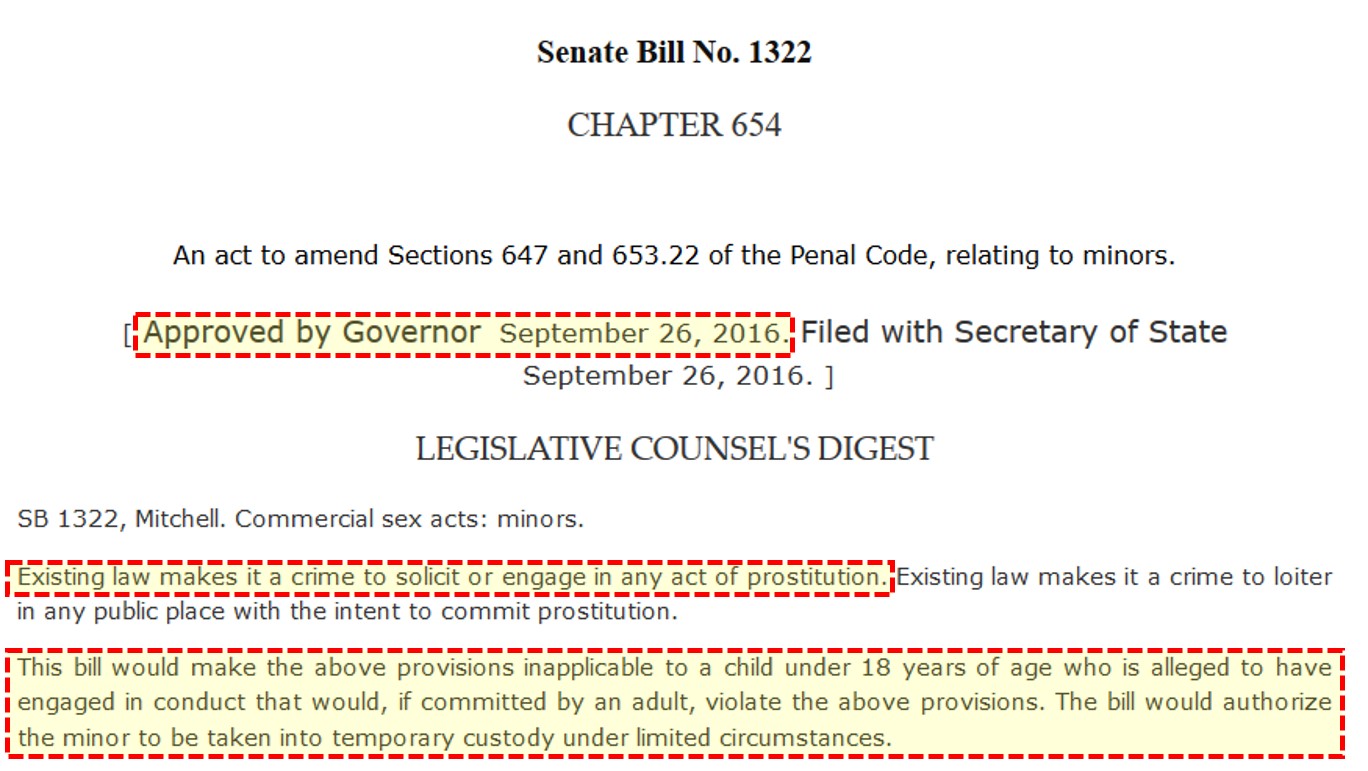Did you know that The University Of California, Berkeley and Berkeley College (Yale University) are named after a devout Christian and slave owner?All across the country, centuries-old names that adorn statues, buildings and streets are under siege. Once widely honored in a different era, men whose names are etched on statues and college campuses have become symbols of hate. Mind numbed people inspired in part by, The Alt-Left Media, corrupt politicians and the Black Lives Matter movement, are calling for the removal of these symbols honoring people connected to slavery, colonialism and the Confederacy. Maybe these same people, who are so open-minded their brains are falling out, should demand that these two institutions along with Berkeley California be renamed. Berkeley College (Yale University)Berkeley College is a residential college at Yale University, opened in 1934. The eighth of Yale’s 12 residential colleges, it was named in honor of George Berkeley (1685–1753), dean of Derry and later bishop of Cloyne, in recognition of the assistance in land and books that he gave to Yale in the 18th century. University of California, BerkeleyThe University of California, Berkeley, (also referred to as UC Berkeley, Berkeley, Cal, Cal Berkeley, and California) is a public research university located in Berkeley, California. Founded in 1868, Berkeley is the oldest of the ten research universities affiliated with the University of California system and is ranked as one of the world’s leading research universities and the top public university in the United States. In 1869 Frederick H. Billings was a trustee of the College of California and suggested that the college be named in honor of the Anglo-Irish philosopher George Berkeley. From Yale, Slavery & Abolition:Bishop George Berkeley bought 3-5 slaves during his brief stay in the New World between 1728 and 1731, to work on his Rhode Island plantation, Whitehall. When Berkeley returned to Europe in 1731, he donated the plantation to Yale. Yale turned payments from the plantation into its first set of scholarships. At this time, the plantation likely continued being worked by slaves. Charles Handy leased Whitehall farm from Yale, and sent Yale payments that would fund scholarships. The Rhode Island census, in 1774, shows that the household of Charles Handy included: “Blacks: 4”. It is likely that these four black people included in Handy’s household were slaves. In his study of slavery in the 1774 Rhode Island census, Louis Masur explains:
The density of slave owning white households in Newport county in 1774 was almost as high as the density of slave owning white households in the American South during the Civil War. It would be normal for someone farming a Newport plantation to use slaves to work the land. Words etched into the floor of Berkeley College today explain:
George Berkeley had slaves working his plantation until he left in 1731. The profits earned by leasing the Whitehall plantation after 1732 funded Yale’s first scholarships. The person leasing the plantation around the time of the 1774 census included four black people as members of his household, and most black people so listed were slaves. Assuming slaves worked the old Berkeley plantation, then Yale’s own land was worked by slaves, and Yale’s first scholarship was funded for up to 50 years with money earned from slave labor. It is for the gift of this plantation that his name is honored today with the name of “Berkeley college“. Berkeley’s SlavesAfter coming to the colonies, Berkeley bought a plantation in Newport, Rhode Island-the famous “Whitehall.” On October 4, 1730, Berkeley purchased “a Negro man named Philip aged Fourteen years or thereabout.” A few days later he purchased “a negro man named Edward aged twenty years or thereabouts.” On June 11, 1731, “Dean Berkeley baptized three of his negroes, ‘Philip, Anthony, and Agnes Berkeley'”. Berekley’s sermons explained to the colonists why Christianity supported slavery, and hence slaves should become baptized Christians:
“The past was erased, the erasure was forgotten, the lie became the truth.” ~ George Orwell, 1984 |
Rotary Snow Plows Clear Californian Donner Pass
With heavy snows hitting the Sierra Nevada mountain range on the border between California and Nevada, these rotary snow plows were brought out to clear Donner Pass. The plows ejected the heavy snow with force, spraying it away from the rail tracks.
The Rotary Snow Plow AKA “The War Wagon” Unbelievably, the basic rotary snow plow design was invented by a dentist from Toronto, Canada, back in 1869! Rotary snow plow trains are usually configured a plow front and back so they can make their way back from their starting point should more snow fall after their initial plow through an area. Rotary Snow Plow Trains Usually Have The Following:
Most of the rotary plows in the United States have been retired to museums due to the high cost of operating. However, one is still on call in California’s Donner Pass. This infamous area (known for the legendary Donner Party) has annual snowfall upwards of 450″ in a normal winter. The tracks are usually buried and they need this big cannon to effectively handle the drifts. |
California Decriminalises Child Prostitution
A controversial California law, now in effect, will prevent minors charged with prostitution from being arrested by state authorities.
An unbelievable though ostensibly well-meaning law in California took effect at midnight January 1st. Unfortunately, the bill could have some very unpleasant consequences for the very group it seeks to protect. SB-1322, authored by State Senator Holly Mitchell (D-Los Angeles) and passed by the California legislature’s Democratic “super majority” in September, essentially legalizes the prostitution of minors. According to the text of the legislation, while “existing law makes it a crime to solicit or engage in any act of prostitution” the bill “would make the above provisions inapplicable to a child under 18 years of age who is alleged to have engaged in conduct that would, if committed by an adult, violate the above provisions.” The bill also allows police to take a minor caught violating into temporary custody only if leaving the minor unattended poses an immediate threat to their health of safety. Another controversial California law that targets prostitution has also taken effect. SB-1129, authored by Bill Monning (D-Carmel), repeals mandatory minimum sentences for prostitution offenses – further decriminalizing the practice for both adults and minors.
The author and supporters of SB-1322 have argued that legislation would improve the minors’ chances for rehabilitation by taking them out of the juvenile detention system and instead place them in the care of Social Services. Assemblywoman Shirley Weber (D-San Diego), who voted for the bill, said that “this is the beginning of us thinking differently about the problem.” Though the premise that the children are victims and not “prostitutes” in the same sense as an adult is sound, decriminalizing the practice for minors is, instead, more likely to empower those who exploit them. As the LA Times noted, the legislation “would prevent law enforcement from helping vulnerable children who often don’t see themselves as victims, run away from unsecured shelters and remain tied to their traffickers through complicated psychological and emotional bonds.” Alameda County District Attorney Nancy O’Malley also expressed such reservations about the measure, saying that “it just opens up the door for traffickers to use these kids to commit crimes and exploit them even worse.”
Another problem with the bill is its dependency on the state’s social services as a solution to the problem of child prostitution. California’s social services are notoriously under-funded after the state’s budget crisis led its government to cut over $1 billion in program funding. $121 million of those cuts directly targeted child welfare and foster care. This bill has legalized child prostitution without offering any alternative programs or funding to help “rehabilitate” young victims of sex trafficking and will only further This bill has legalized child prostitution without offering any alternative programs or funding to help “rehabilitate” young victims of sex trafficking and will only further overburden state-run child welfare programs.
“Right now the best way to get these young women help, the best way to rescue them from this lifestyle is by keeping law enforcement involved through the ability to arrest,” said Assemblywoman Kristin Olsen (R-Modesto). “Maybe in a few years from now, when we are doing better job at both the state and local level, we will better equipped and ready for this bill because services to young women will be readily available. But we are not there yet.”
Though the bill may have been well-intentioned, its consequences are more likely to harm, rather than help, the state’s youngest and most vulnerable citizens.




